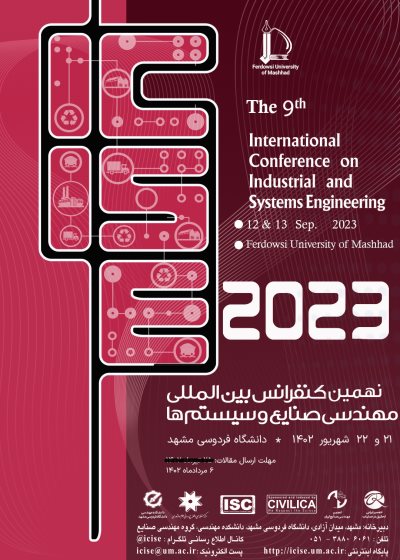0% Complete

نویسندگان :
کلمات کلیدی :
چکیده :
لیست مقالات بایگانی شده
ابوالفضل باقری توفیقی - مجید رفیعی
حسین صیادی تورانلو - لیلا خیری - ریحانه حفیظی اتابک
راضیه قنبری - محمد محمدی - کامران فرقانی
وجیهه منتظرتربتی - پرستو محمدی - مهرداد کارگری - عبدالله عشقی
الهام زکریائی کرمانی - عبدالله آقائی - حمید شهریاری
فاطمه اسماعیلی - سید محمد جواد میرزاپور آل هاشم
سهیلا محمدی فروشانی - حسین خسروشاهی - محسن شهریاری
ام البنین شجاعی - یاسمن اسدی - امیر ابراهیمیزاده
سیدفرید موسوی - مجید کسروی - سیدحسین سیادت - آرزو گازری نیشابوری



